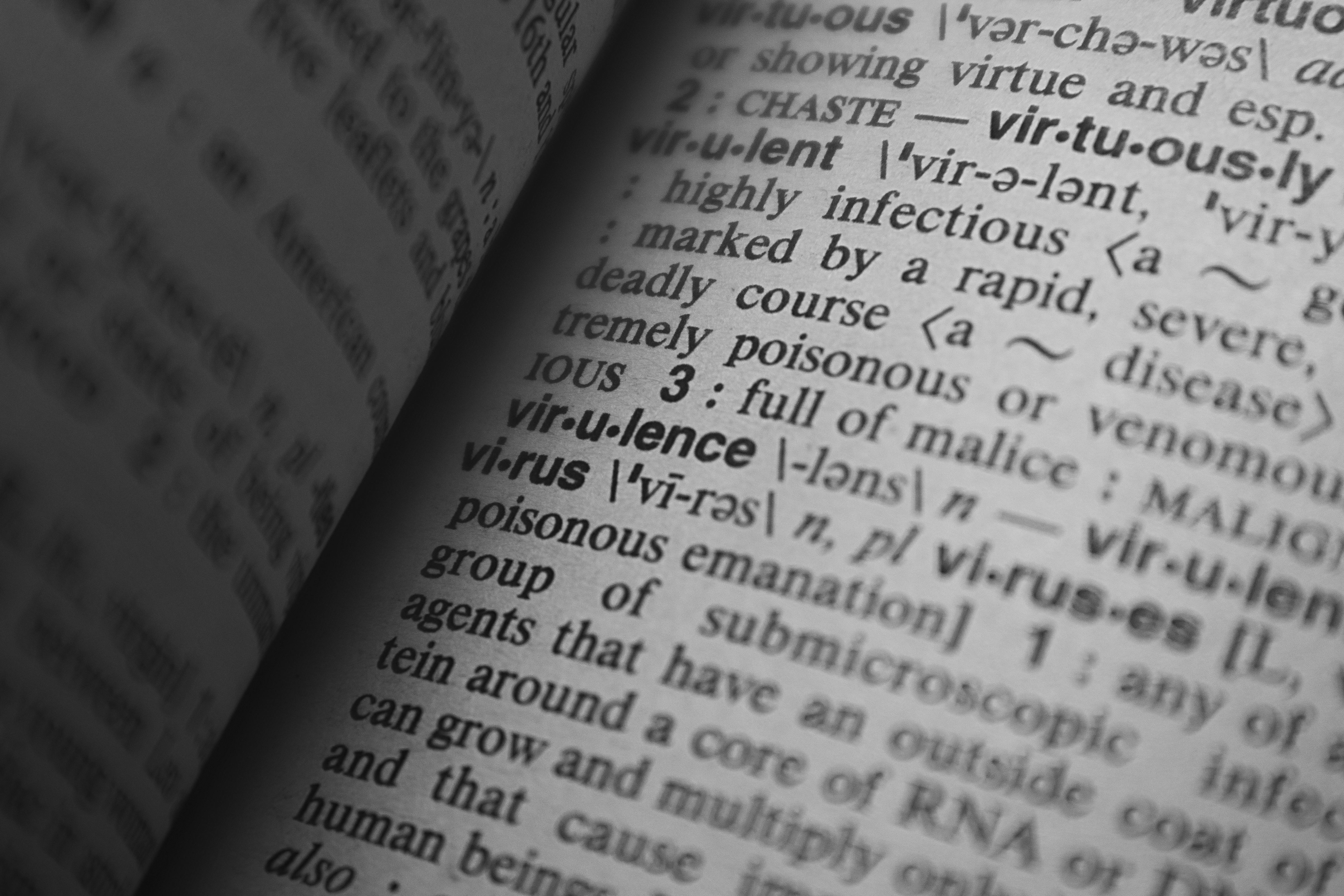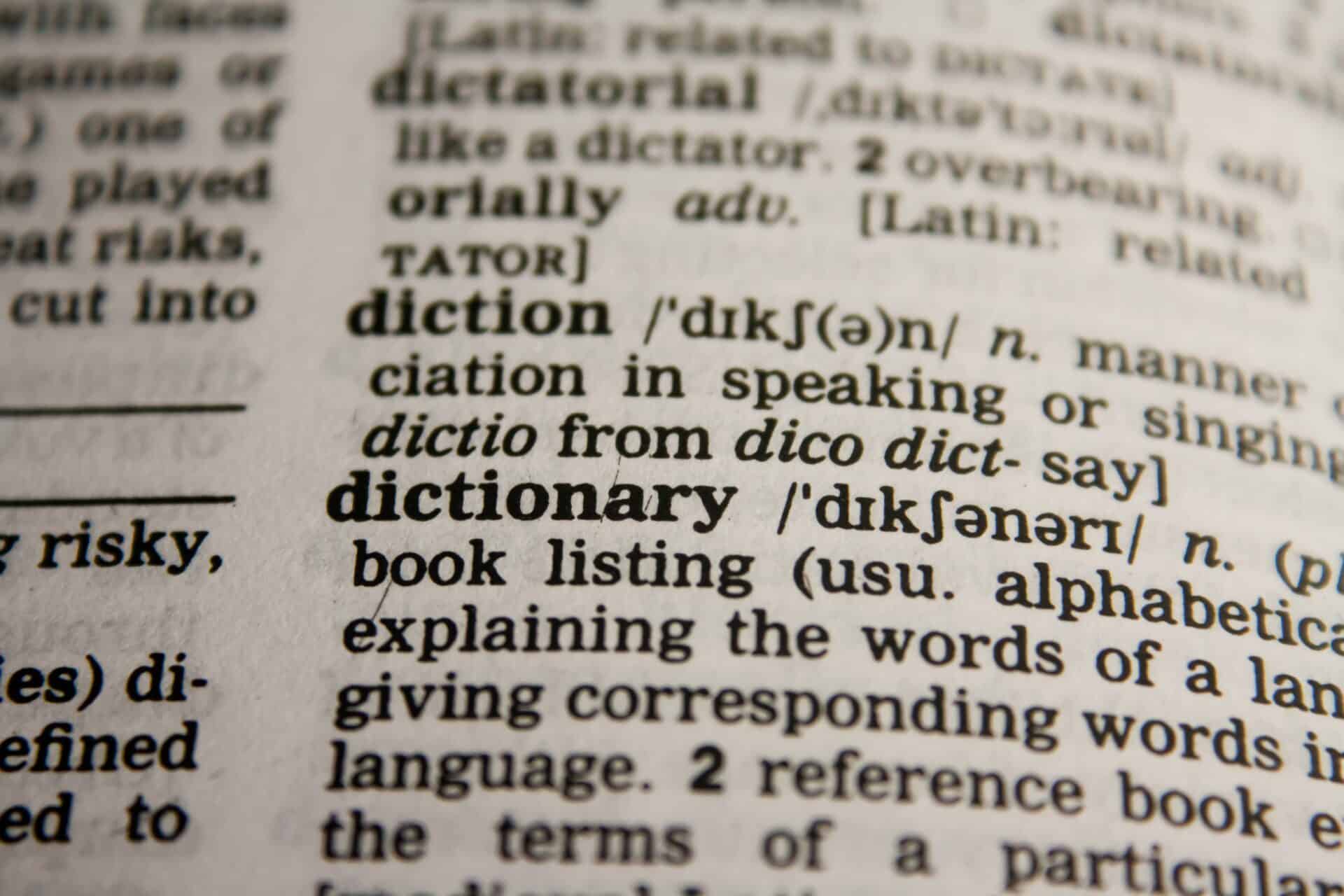Distillation is a process used to separate mixtures of substances into their individual components. It works by taking advantage of the different boiling points of each component in the mixture. As the mixture is heated, the components with lower boiling points vaporize first, leaving behind those with higher boiling points. The vaporized components can then be collected and condensed back into a liquid form. This process is known as distillation and is commonly used to purify liquids, extract essential oils from plants, and produce alcoholic beverages like whiskey and vodka.Distillation is a process of separating the component substances from a liquid mixture by selective evaporation and condensation. Distillation is used to separate liquids from solids, or to separate two liquids with different boiling points. The distillate (or condensate) is collected in a separate container, leaving the residue behind in the still.
Different Types of Distillation
Distillation is a separation process that involves the boiling of a liquid mixture to separate its components. It is one of the oldest and most widely used separation techniques, and it has many applications in the chemical, pharmaceutical, food, and beverage industries. There are several different types of distillation that are used to achieve different objectives. These include simple distillation, fractional distillation, vacuum distillation, steam distillation, and azeotropic distillation.
Simple or bulk distillation is the most basic type of distillation. It involves boiling a liquid mixture of two or more components to separate them based on their different boiling points. This method works best when the boiling points between the components differ significantly. It is often used for separating low-boiling point compounds from higher-boiling point compounds, such as when producing ethanol from wine.
Fractional distillation is an improved version of simple distillation that allows for more effective separation of components with similar boiling points. This method involves a fractionating column which increases the surface area over which condensation can occur. This helps to further separate
Advantages of Distillation
Distillation is a widely used process for separating and purifying liquids based on their boiling points. It is an effective and economical method for separating mixtures of liquids with different boiling points. The main advantages of distillation are the ability to separate components in a mixture, the high purity of the separated components, and the low cost relative to other separation techniques.
Distillation is a relatively simple process that can be used to separate components of mixtures that have different boiling points. This type of separation is based on differences in volatility between the components, which allows them to be separated by boiling off one component at a time. The distillate is then collected separately from the other component(s). This process can also be used to separate liquid-liquid mixtures.
The high purity that can be achieved with distillation makes it an ideal method for purifying liquids. By controlling the temperature and condensation rate, it is possible to achieve very high levels of purity in the recovered product(s). This makes distillation useful for purification processes that require high levels of purity such as pharmaceutical manufacturing.
In addition to its effectiveness
Distillation
Distillation is a process used to separate a mixture of two or more liquids based on their relative volatilities in a boiling liquid mixture. This process works by heating the liquid mixture until it evaporates, and then condensing the vapor to create a purified liquid. The vapor created by the boiling liquid contains the most volatile components, which are then condensed back into a liquid form. This method of separation can be used to purify liquids or separate them into different fractions based on their relative volatilities. The efficiency of distillation depends on factors such as temperature, pressure, and composition of the mixture.
The most common form of distillation is simple distillation, which uses heat to boil a liquid mixture and then condense the vapor back into a purer form. In this method, the temperature of the boiling liquid is kept constant while the pressure is gradually raised until all of the volatile components have been removed from the mixture. This process can be used to purify water or separate different types of alcohols from each other. Other forms of distillation include fractional distillation, vacuum distillation, steam distillation, and molecular distillation
Column Still
A column still, also known as a continuous still, Coffey still or patent still, is a type of still consisting of two columns. The first column is filled with the distillate – the liquid being distilled – while the second is where the vaporization and condensation occur. This process produces a higher-proof distillate than traditional pot stills, which are used in batch distillation. Column stills are capable of producing extremely pure alcohol and are used in the production of high-proof spirits such as vodka and whiskey. The design of the column still allows the distillation process to take place continuously rather than in batches, which results in greater efficiency. Additionally, it allows for the precise control of temperature and pressure, essential for producing high-quality alcohol.

Pot Still Distillation
Pot still distillation is a traditional method of distilling alcoholic beverages that has been used for centuries. It is an essential part of the production of many spirits such as whiskey, vodka, brandy, and rum. Pot stills are typically copper in construction and consist of three main parts: the pot, the condenser, and the receiver. The pot is where the mixture of water and alcohol (known as the “wash”) is heated to a boil. The steam produced by this boiling action then travels up into the condenser which cools it back down into liquid form. Finally, the liquid passes through the receiver where it can be collected and used as desired.
Pot stills are often used in combination with column stills during distillation to achieve a desired flavor profile or proof level. This combination is known as “double distillation” and allows for more control over flavor characteristics and alcohol content. Additionally, pot stills can be used in a single pass to produce other types of spirits such as gin or absinthe which require multiple distillation steps to achieve their unique flavors.
The main benefit
How Does Fractional Distillation Work?
Fractional distillation is a process used to separate different components of a mixture based on their boiling points. It is the most common form of distillation used in the chemical industry. The process uses heat to vaporize a liquid mixture and then condense the vapor back into a liquid. When two or more liquids have different boiling points, they can be separated by fractional distillation. The process works by heating the mixture until one component evaporates faster than the other, allowing it to be collected separately. The mixture is then cooled and condensed back into a liquid form for further use or refining.
In fractional distillation, the vapor of each component is collected over time as it is released from the mixture at different temperatures. The temperature of the mixture is slowly increased until it reaches its boiling point, which causes one component of the mixture to boil off and become vaporized at a higher temperature than the other components. This vapor is then passed through a condenser, where it cools and reverts back to its liquid form, allowing it to be collected separately from other components. This process is repeated until all
Vacuum Distillation in Industry
Vacuum distillation is a method of distillation used in industry for the separation of liquids that have different boiling points. It is used when the standard atmospheric pressure boiling point of a liquid is too high for a normal distillation process. Vacuum distillation can be used to separate liquids with boiling points as low as 35°C to as high as 350°C, making it ideal for use in many industrial applications.
The process works by reducing the atmospheric pressure above the liquid, lowering its boiling point so that it evaporates more easily. The lower pressure also increases the rate at which vapor is condensed back into liquid form, enabling larger quantities of liquid to be separated more quickly and efficiently. Vacuum distillation can also be used to purify materials that would otherwise decompose or degrade at higher temperatures.
Vacuum distillation is commonly used in industries such as petrochemical processing, pharmaceutical manufacturing, and food production. In petrochemical processing, vacuum distillation is used to separate crude oil into different fractions based on their boiling points. In pharmaceutical manufacturing, vacuum distillation is often used to produce high-p

Conclusion
Distillation is an important chemical process that can separate compounds in a mixture, purify a solution, and concentrate a desired component of the mixture. The process of distillation involves heating up a liquid to its boiling point, collecting the vapor, and then condensing it back into liquid form. This method of separating components is based on differences in the boiling points of each component and can be used to obtain pure liquids from mixtures. In addition to being used for laboratory processes, distillation is also widely used in the industrial production of fuels and chemicals.
Overall, distillation is an efficient and versatile technique that can be applied to many different types of separation processes. It is an invaluable tool for chemists and engineers who are striving for high purity products with accurate composition control. While its application requires careful attention to detail, when done correctly it allows for the effective separation of components with minimal energy input.

